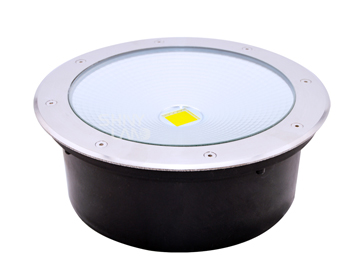How are LED lighting products different from other lighting, like fluorescent or incandescent
LED's are small, solid light bulbs which are extremely energy-efficient. The VIRIBRIGHT LED light bulb is made up of clusters of LEDs (light emitting diodes) that illuminates beyond traditional incandescent bulbs or CFL bulbs while using much less energy. Until recently, LEDs were limited to single bulb use in applications such as instrument panels, electronics, pen lights and, more recently, strings of indoor and outdoor Christmas lights. Now available with standard bases that fit most common household light fixtures, LEDs are the next generation in home lighting as well as a cost-effective means of lighting your environment and is revolutionizing the way we experience light.
What is the voltage requirement for Shinyland ?
110-120VAC 50/60Hz
85-285VAC 50/60Hz
Model dependentWhat is Color Rendering Index (CRI)?
The color rendering index (CRI) is a quantitative measure of the ability of a light source to reproduce the colors of various objects faithfully in comparison with an ideal or natural light source.1 The CRI of the VIRIBRIGHT LED cool white is 0.80 and the warm white is 0.65. In comparison, the CRI of a normal light bulb is 1. 1Source: Wikipedia
What type of plastic is the cover made out of?
The transparent cover is made of Polycarbonate. Polycarbonates are a particular group of thermoplastic polymers that are easily worked, molded and thermoformed that are temperature resistance and impact resistance.
Are there any frequency issues or concerns (FCC)?
We noticed on a few LED packages from other manufacturers that they had a warning about interference. The interference tests are included in the ETL, CE and UL tests.
Why is the lifespan of an LED measured as lumen depreciation
The lifespan of an LED is vastly longer than that of incandescent, fluorescent or HID lamp sources, generally lasting 50,000 hours or longer. Although the LED never really burns out, product lifespan is measured by lumen depreciation. The Illuminating Engineering Society (IES) currently recommends calculating the life of an LED at the point at which the LED reaches 30 percent lumen depreciation. Remember, a 50,000-hour rating is not equivalent to lamp life rating. LED life is rated where it has reached 30 percent lumen depreciation. At 50,000 hours an LED would still be operating, but at a decreased lumen output.
Is there a ban on incandescent light bulbs
No; however, there are new U.S. energy efficient requirements that came into effect January 1, 2011 in California and January 1, 2012 throughout the rest of the U.S. The new law will require all incandescent light bulbs to produce the same amount of lumens (brightness) with less wattage (energy) used. To learn more about these requirements
 English
English 中文
中文



















